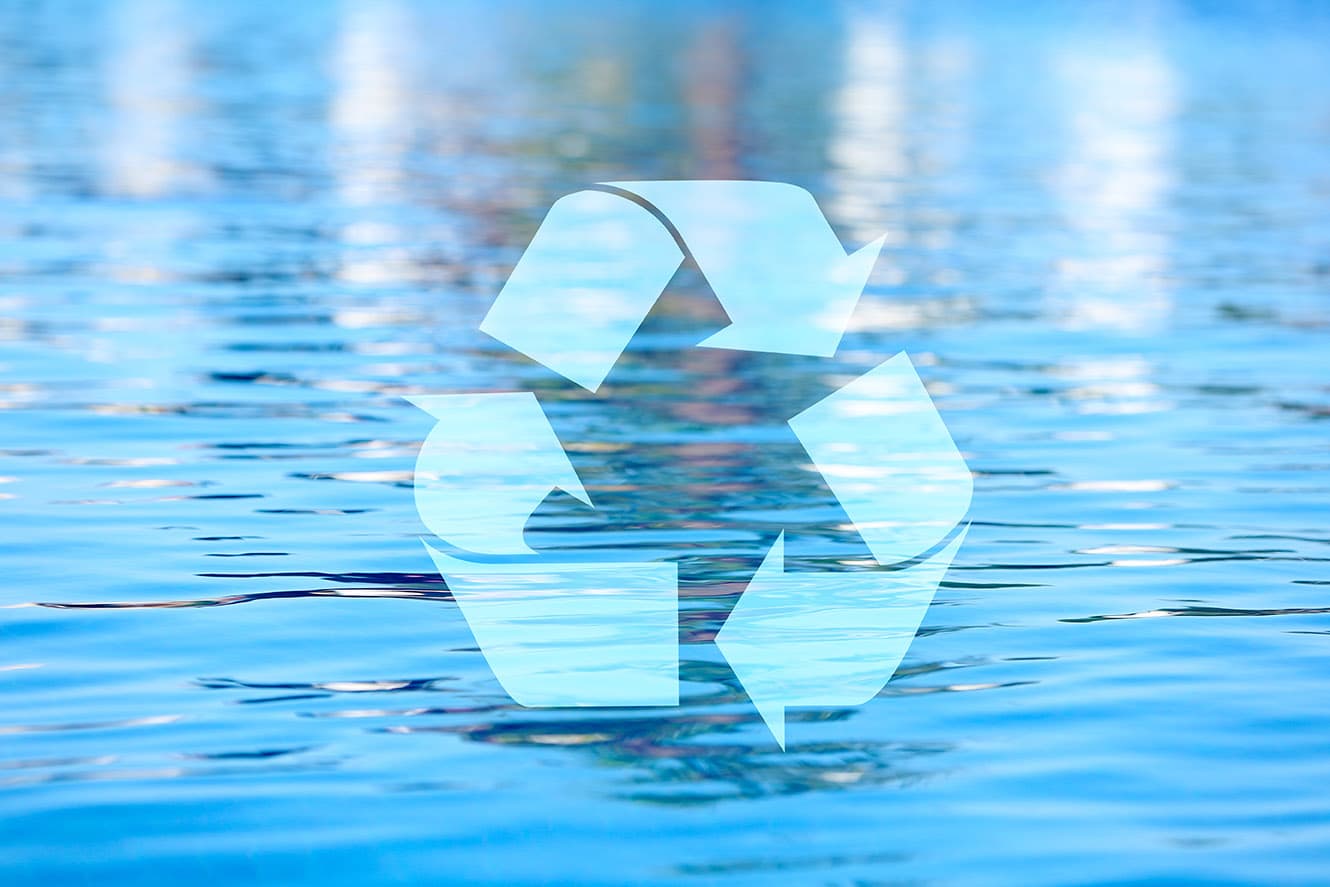
Recently the United States Environmental Protection Agency (EPA), announced the National Water Reuse Action Plan: Collaborative Implementation, which identifies actions that, in collaboration with water sector organizations, attempts to enhance the way communities manage water resources.
These 37 actions across 11 themes are designed to give communities tools to consider and adopt water reuse as part of their water resources plan. This plan has been underway since Feb. 27, 2019, and included input from the WateReuse Association, American Water Works Association (AWWA), Association of Metropolitan Water Agencies (AMWA), National Association of Clean Water Agencies (NACWA), Water Environment Federation (WEF) and The Water Research Foundation (WRF). The partnership also included utilities, businesses and government.
Following the announcement of the plan, Pumps & Systems spoke with WEF President Jackie Jarrell to learn more about the plan’s importance and how WEF will be involved.
Pumps & Systems: How has WEF been involved in these efforts, and what steps will WEF take now?
Jarell: WEF had always had this as part of our resource recovery efforts, so water reuse is part of that. We want to advance that and promote that as much as we can. We have professional members who are experts in the field and contributed through our organization with the EPA. When they were developing the draft plan, we were able to contribute to that and we promoted it at WEFTEC. There were a number of experts that who were there to talk about reuse and the importance of it. WEF will be continuing to collaborate with the EPA, [create] opportunities for the partner organizations, and [make this a] collaborative effort with all of the organizations.
P&S: How does WEF help educate its members and the public about water reuse?
Jarell: We have a program called ReNEW—it is a program that we started about resource recovery efforts overall—water reuse, nutrients and biosolids, etc. [We conducted an analysis to] get a baseline across the U.S. and Canada to see what type of water resource recovery efforts are being done. We captured 25 percent of municipalities to see what was taking place. Water reuse was one of the lower percentages of the types of resources being recovered. Now that we have that data, we can help utilities set goals and see how they’re progressing. There aren’t any targets to let utilities know how they’re doing.
P&S: What is the next step for ReNEW?
Jarell: This year we’re going to conduct a second survey and hopefully get more utilities to participate; we want to double the participation. [We want them to] tell us what they’re doing and what their challenges are. It’s important to get a broad cross-section to see what is taking place. Different areas of the countries have different drivers and regulatory requirements that hinder taking water reuse to the next level.
P&S: Where can people look to find good examples of water reuse?
Jarell: Out West, they’re ahead of the game. In North Carolina where I am from, there are more challenges to implement.
P&S: What are some misconceptions about water reuse?
Jarell: When [people] see the river looks full, and we have a lot of rain/flooding, it’s hard for people to understand why reuse is important. There are different types of reuse. [For instance], stormwater—how do we capture that and make it into something we can use? Industrial uses—there’s a lot of opportunity in industry to take water and recycle it through their processes and not have to take more water. There’s a lot of effort being done there.
P&S: What else is WEF doing to help promote the importance of water resources?
Jarell: WEF can help communicate about what the technology is—the top water experts in the world are WEF members. The Water Research Foundation and WEF have LIFT [Leaders Innovation Forum for Technology]. The purpose is to advance new technology in the water sector and help utilities be able to do that. If it can be piloted somewhere and help others understand, that’s one way to help advance technologies.
Click here for more information on the EPA’s National Water Reuse Action Plan.


